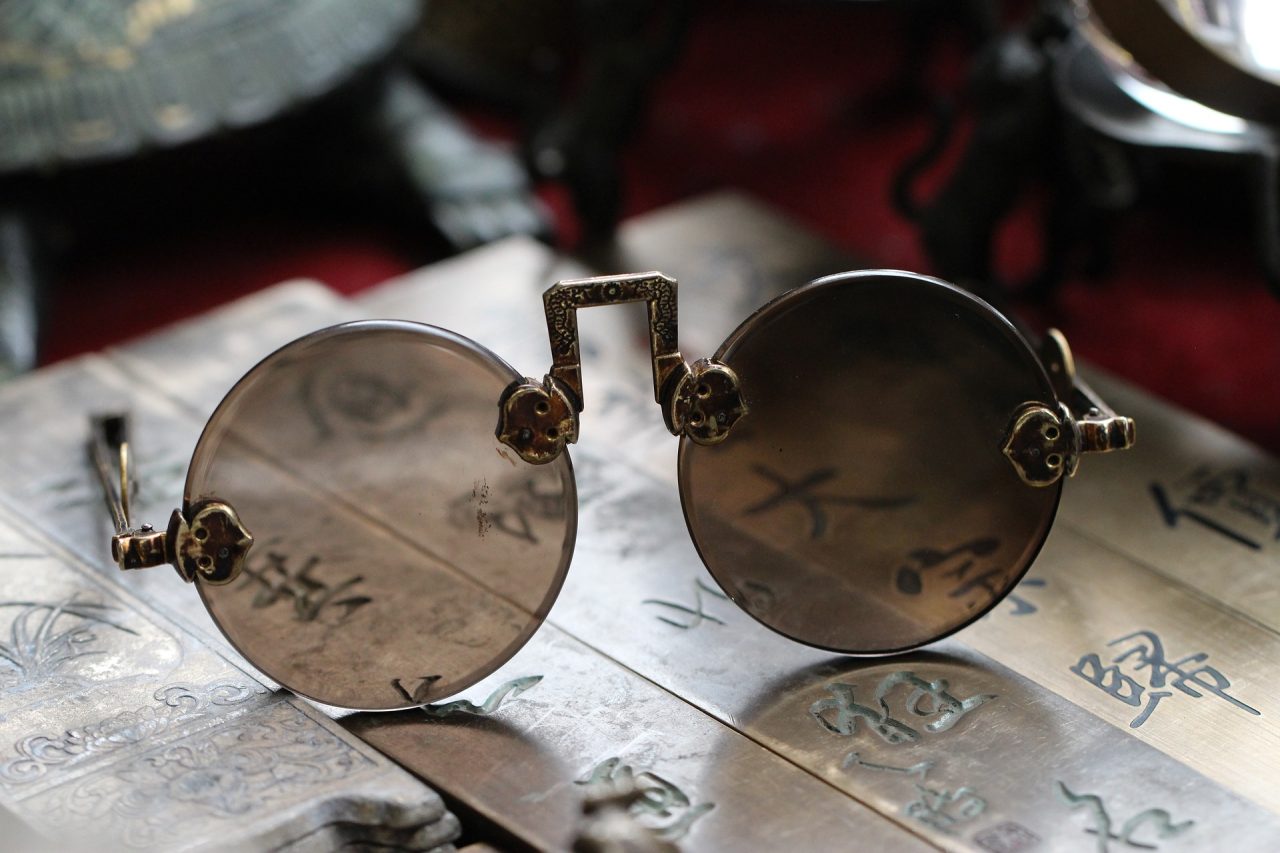From Magnifying Glass to Fashion Accessory: A Journey through the History of Eyeglasses
Eyeglasses have become an integral part of our lives, aiding us in seeing the world more clearly. While we often take them for granted today, the history of eyeglasses is a fascinating tale of human ingenuity and innovation. Join us as we delve into the origins of this remarkable invention and trace its evolution from a simple tool to a fashionable accessory.
Ancient Beginnings:
The roots of eyeglasses can be traced back to ancient times, where the earliest form of visual aid came in the form of a simple magnifying glass. Ancient Egyptian hieroglyphs depict the use of glass to magnify small objects. Similarly, the Romans are believed to have used glass globes filled with water to enhance their vision.
Medieval Visionaries:
It was during the medieval period that the concept of eyeglasses as we know them today began to take shape. In the 13th century, Italian monks made significant strides in optics by placing convex lenses in frames, allowing them to correct farsightedness. These early glasses were often worn precariously balanced on the nose, lacking arms to secure them in place.
Advancements in Lens Design:
As the demand for eyeglasses grew, so did the need for improvements in lens design. In the 17th century, astronomer and mathematician Johannes Kepler introduced the concept of concave and convex lenses, providing a more accurate method of correcting both nearsightedness and farsightedness. This breakthrough paved the way for more effective and versatile eyewear.
The Industrial Revolution and Mass Production:
The advent of the Industrial Revolution in the 18th century revolutionized the eyewear industry. With the introduction of machinery and mass production techniques, eyeglasses became more accessible to the general population. The manufacture of spectacles shifted from skilled artisans to factories, enabling greater affordability and availability.
Fashionable Frames and Stylish Eyewear:
Throughout the 19th and 20th centuries, eyeglasses transitioned from being purely functional to also serving as a fashion statement. The use of various materials, including horn, tortoiseshell, and metal, allowed for the creation of intricate and stylish frames. Influential figures, such as politicians and celebrities, further popularized eyeglasses, turning them into a sought-after accessory.
Technological Innovations:
In recent decades, technological advancements have revolutionized the eyeglasses industry. The introduction of plastic lenses, lightweight materials, and anti-reflective coatings has improved comfort and visual clarity. Additionally, the development of contact lenses and laser eye surgery has provided alternatives to traditional eyeglasses.
Future Trends:
Looking ahead, the future of eyeglasses promises exciting possibilities. With the rise of virtual reality and augmented reality technologies, eyeglasses are poised to become more than just visual aids. Smart glasses capable of displaying digital information, recording videos, and offering real-time translations are already on the horizon, bridging the gap between technology and eyewear.
Conclusion:
The history of eyeglasses is a testament to human innovation and the pursuit of clearer vision. From their humble beginnings as simple magnifying glasses to their current status as fashionable accessories, eyeglasses have come a long way. As technology continues to advance, we can expect eyewear to evolve further, catering to our ever-changing needs and enhancing our visual experiences. So, the next time you put on your glasses, take a moment to appreciate the rich history behind this remarkable invention.



